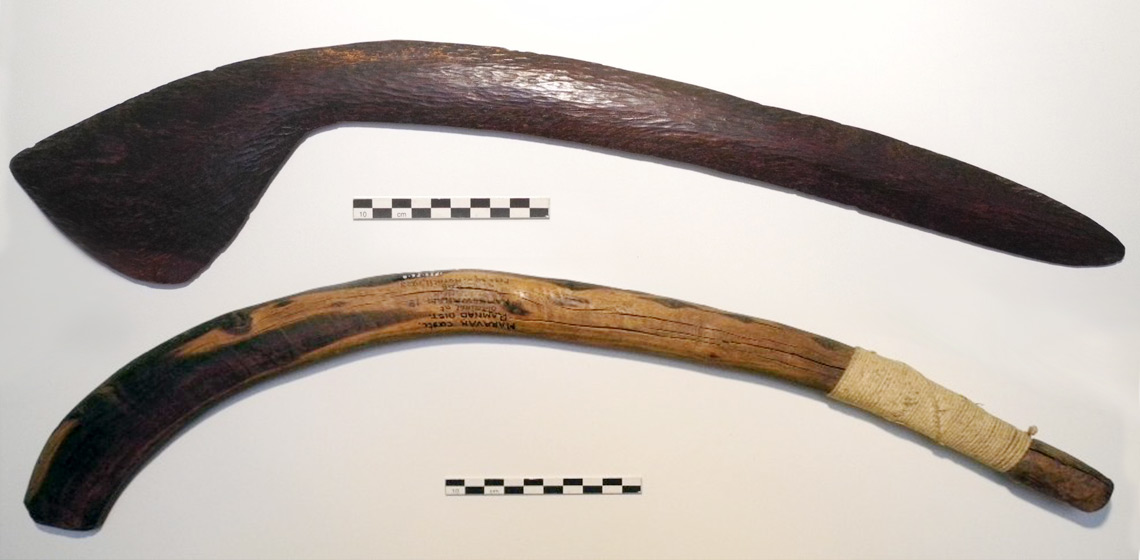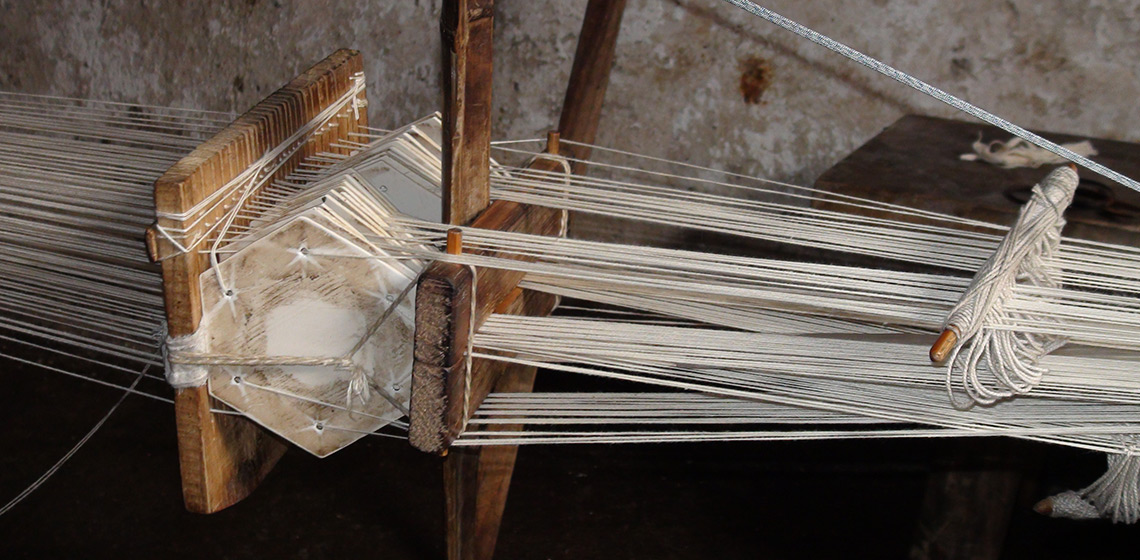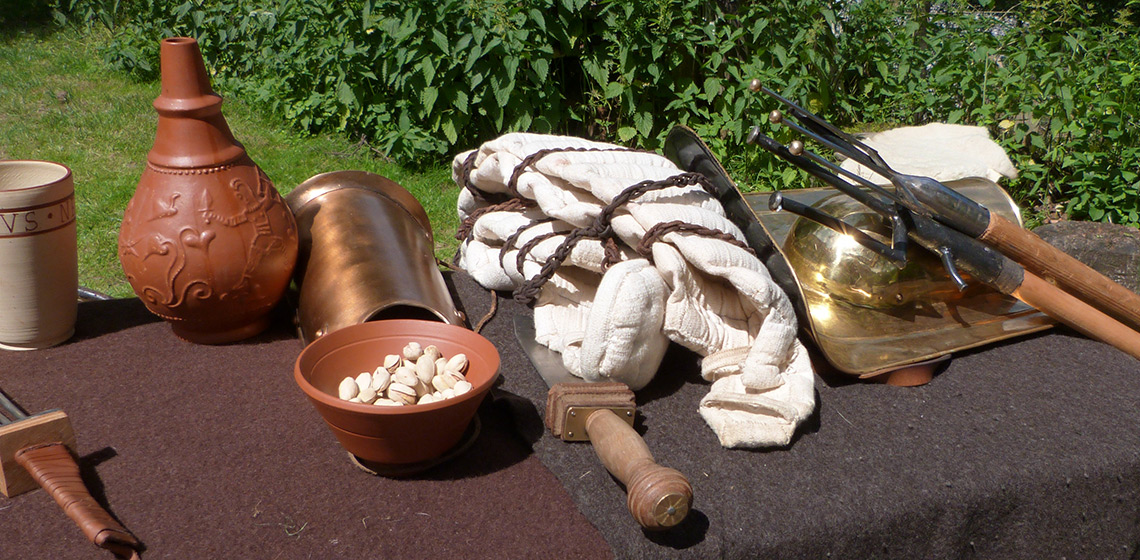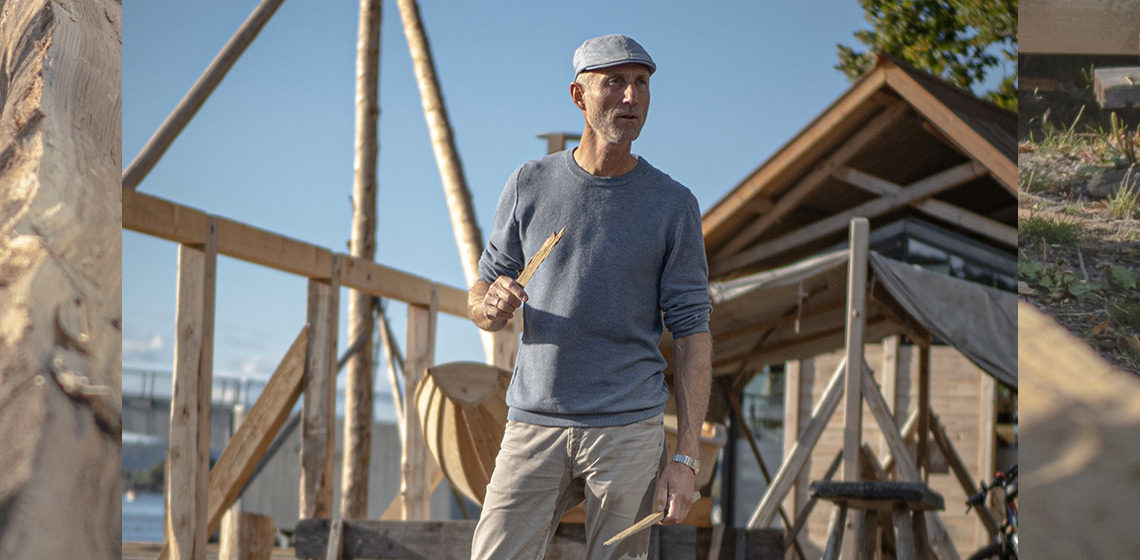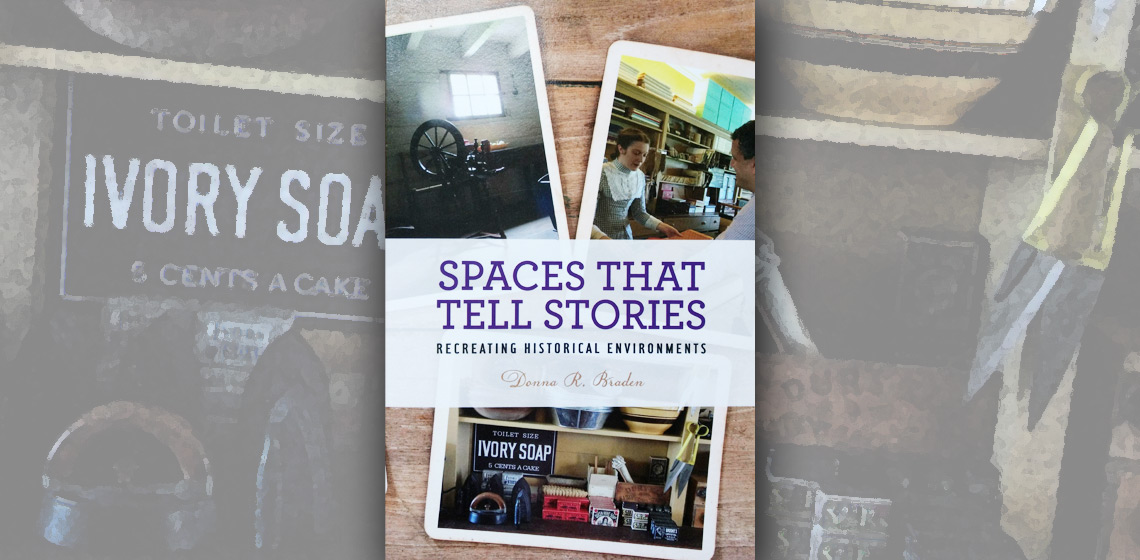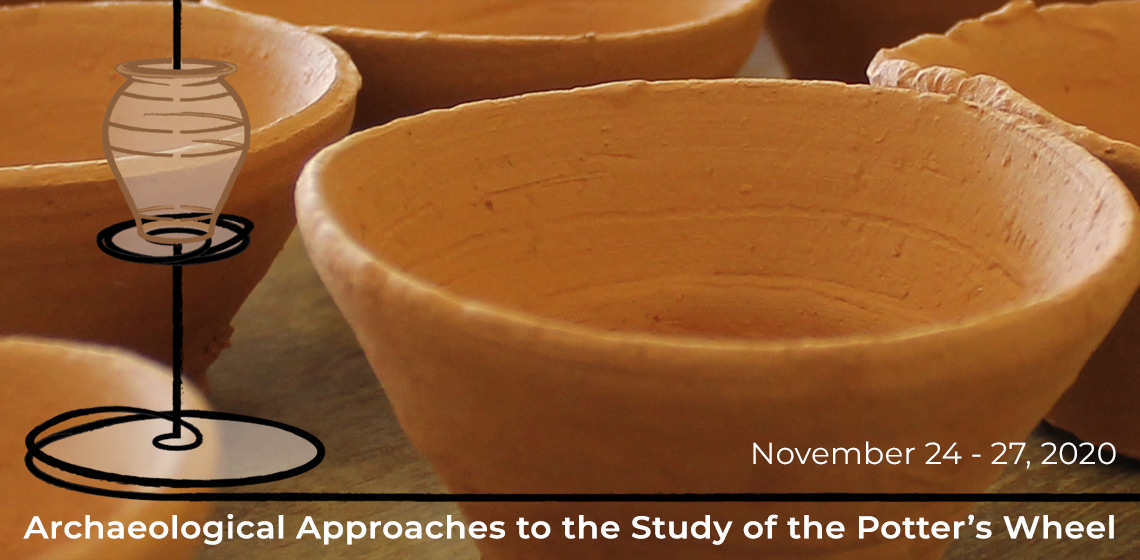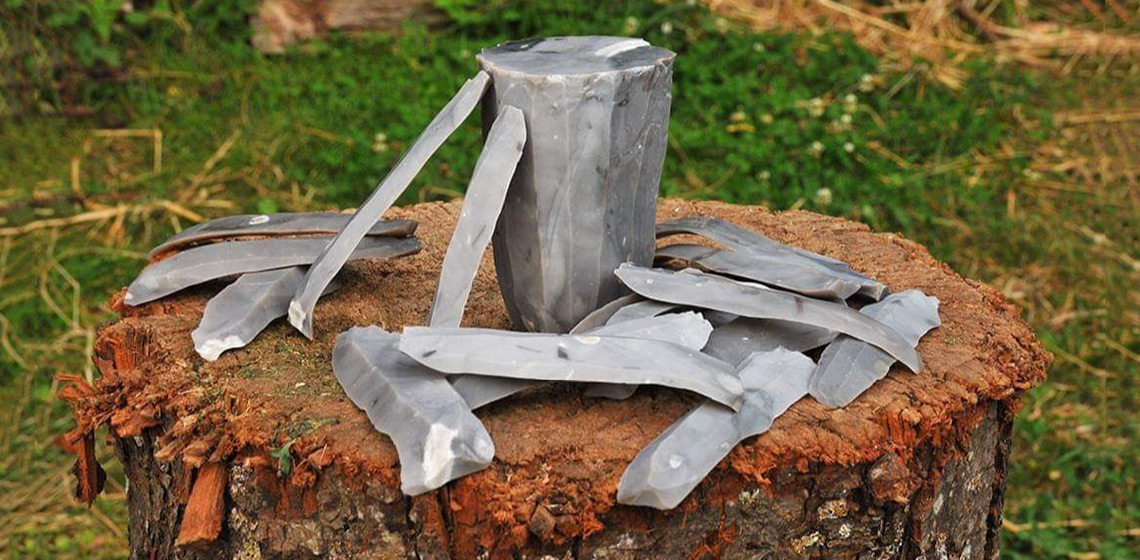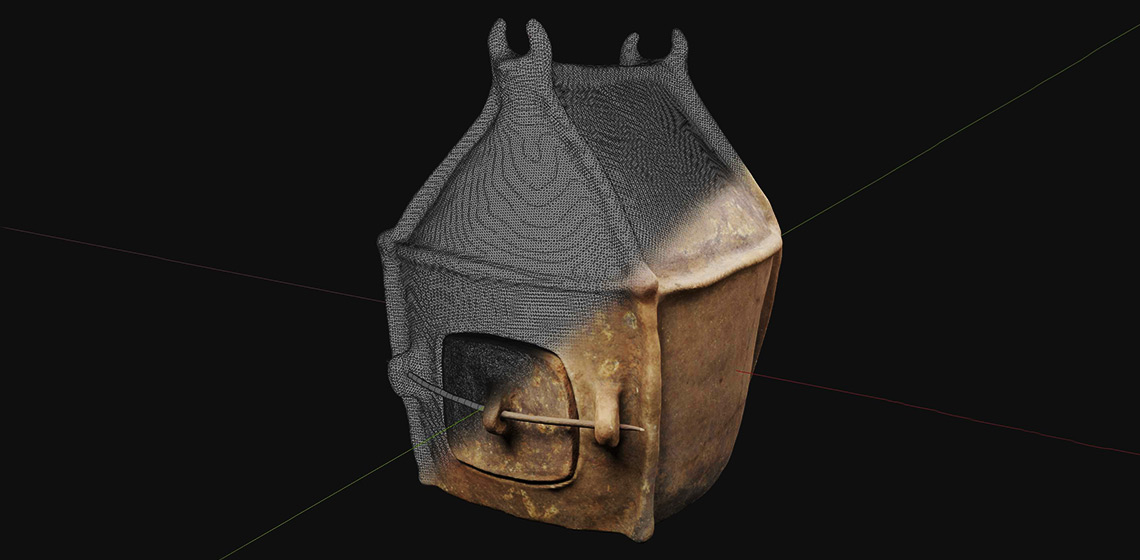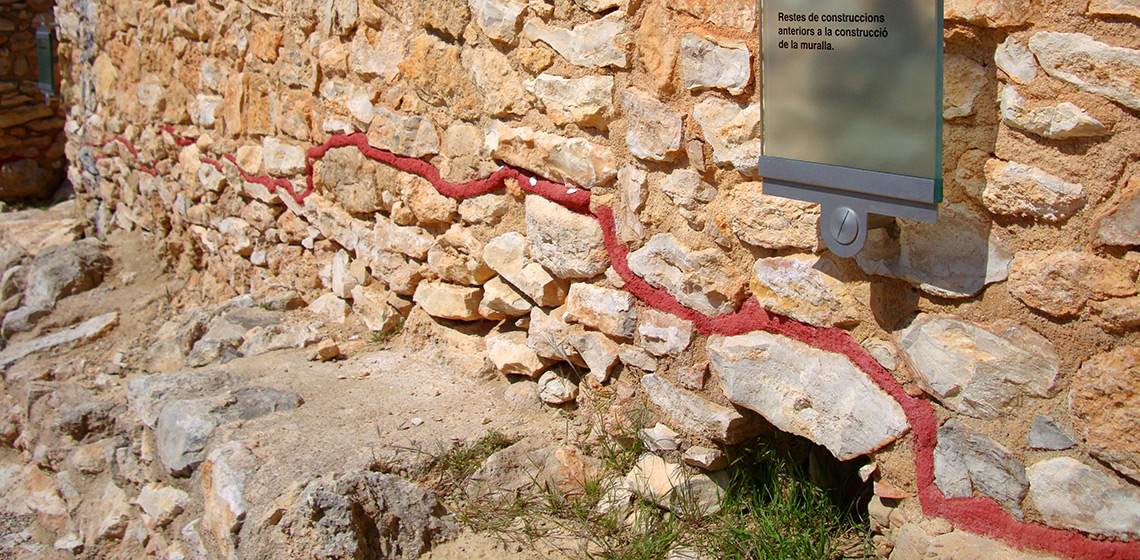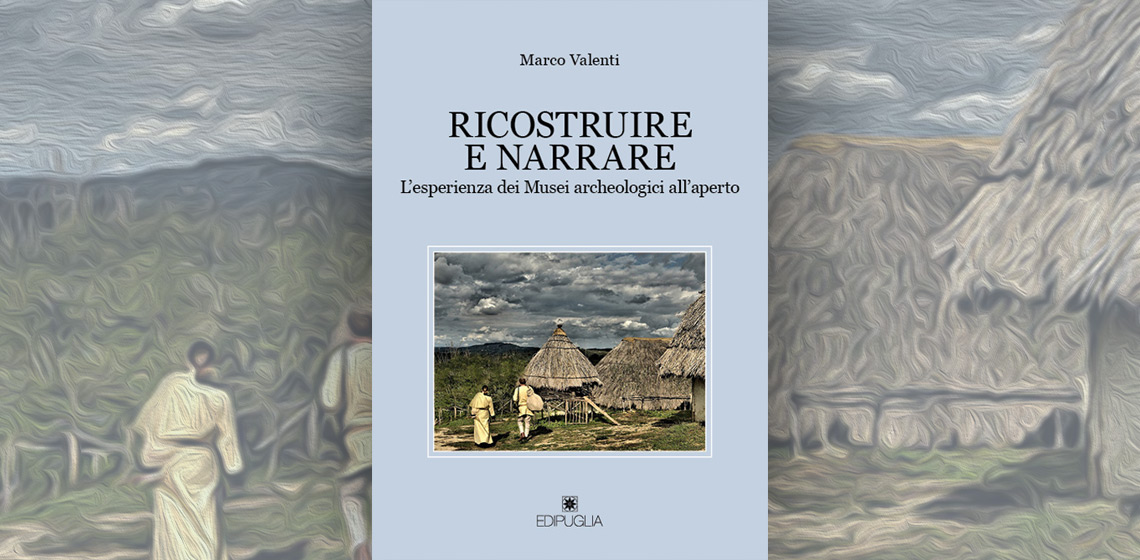Newest Era
Traces of Manufacture, Use, Repair and Modification Observed on Ethnographic Throwing Sticks and Boomerangs
A Shared Warp: The Woven Belts of the Lao Han People, China
The renowned weaver Peter Collingwood briefly mentioned such belts in his book The Techniques of Tablet Weaving (Collingwood, 1982, pp.219-220). Not long before he died in 2008, he contributed a couple of pages on these belts to the book Minority Textile Techniques: Costumes from South-West China (Collingwood, 2007, pp.28-29).
Discussion: The Concept of Authenticity in Collections of Open-Air Museums
How is it possible that if you go into an arts museum, the ceramics you see may be made yesterday and may be a valued and legitimate part of the museum collection, while in open-air museums, a similar object ...
Conference Review: The Norwegian Forum for Experimental Archaeology 2020
Book Review: Spaces that tell stories: Recreating Historical Environments by Donna R. Braden
Spaces that tell stories: Recreating historical Environments is a textbook and a how-to manual for those setting up a new exhibition or living history site, or for those evaluating existing interpretation on a site. Everybody who works in museum education, exhibition and living history knows how fantastic it is when an historical environment engages a visitor in the topic. We also know how difficult it can be...

